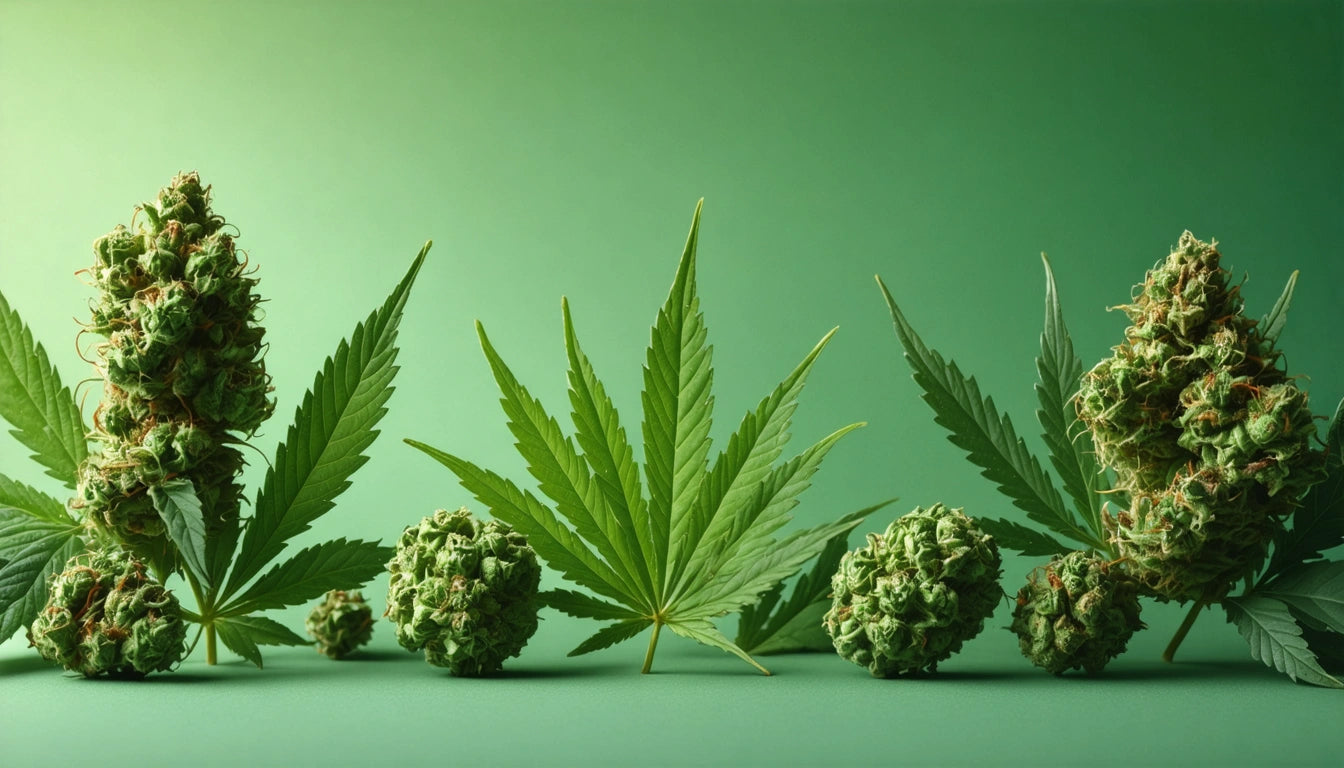Table of Contents
Cannabis edible packaging serves distinct purposes in medical and recreational markets, with each segment governed by unique regulations, consumer expectations, and brand positioning requirements. Understanding these differences helps manufacturers develop compliant, effective packaging strategies for their target market.
Regulatory Foundation: Medical vs. Recreational Requirements
Medical cannabis packaging typically faces stricter regulatory oversight than recreational products. In medical markets, edible packaging often requires pharmaceutical-grade materials and tamper-evidence features similar to prescription medications. Many states mandate that medical cannabis products include detailed information about cannabinoid ratios, terpene profiles, and potential drug interactions.
Recreational markets, while still heavily regulated, often focus more on preventing underage access and accidental consumption. As outlined in this guide on compliance pitfalls, recreational packaging regulations emphasize warning symbols, THC content warnings, and universal symbols that clearly identify the product as containing cannabis.
Both markets require child-resistant packaging, but the implementation varies. Medical products often use push-and-turn containers similar to prescription medications, while recreational products might employ a wider variety of child-resistant mechanisms as detailed in this resource on child-resistant edible packaging.
Design Differences: Clinical vs. Commercial Appeal
Medical edible packaging typically features a clinical, pharmaceutical aesthetic with minimal graphics and a focus on information clarity. These packages prioritize legibility of dosing information and medical details over brand personality. Color schemes often utilize blues, greens, and whites that evoke medical trustworthiness.
In contrast, recreational packaging embraces more vibrant designs and brand-forward aesthetics. As explored in this article on balancing shelf appeal with discretion, recreational products must stand out in competitive dispensary environments while still maintaining compliance with marketing restrictions.
This distinction extends to container types as well. Medical markets often favor standardized, functional packaging like bottles and blister packs, while recreational products utilize more diverse formats including custom pouches, tins, and boxes. For a comprehensive comparison, this analysis of pouches versus rigid containers highlights the considerations for each format.
Dosage Labeling and Information Requirements
Medical and recreational markets handle dosage information differently. Medical packaging typically includes:
- Precise cannabinoid percentages beyond just THC and CBD
- Terpene profiles with potential therapeutic effects
- Batch and lot numbers for tracking
- Physician recommendations for usage
- Potential contraindications with medications
Recreational packaging focuses more on:
- Clear THC content per serving and package
- Standardized warning symbols
- Basic usage instructions
- Legally required warnings about intoxication
Both markets must comply with labeling requirements for cannabis edibles, but medical products typically provide more detailed information for patients with specific health needs.
Child-Resistant Features Across Market Types
Child-resistant packaging is mandatory in both markets but implemented differently. Medical packaging often uses pharmaceutical-inspired solutions like push-and-turn caps or blister packs. These designs prioritize security while remaining accessible to patients with dexterity limitations.
Recreational markets employ a broader range of child-resistant mechanisms, from slide-lock boxes to special zipper pouches. These solutions balance security with brand expression and consumer convenience. For manufacturers producing equipment for either market, specialized processing equipment like grinders and pulverizers must be configured differently to accommodate these varying packaging requirements.
Sustainability Considerations in Different Markets
Medical markets have traditionally prioritized safety and compliance over sustainability, often resulting in more plastic packaging. However, this is changing as patients demand more environmentally responsible options. Medical packaging now increasingly incorporates recyclable materials while maintaining pharmaceutical standards.
Recreational markets have more rapidly adopted sustainable packaging innovations. As detailed in this overview of sustainable edible packaging, recreational brands use options like hemp-based plastics, biodegradable films, and recycled materials to appeal to environmentally conscious consumers.
The comparison between biodegradable versus recyclable options shows how brands in both markets must balance environmental impact with practical considerations like shelf life and moisture protection.
Future Packaging Evolution in Dual Markets
As cannabis markets mature, the distinction between medical and recreational packaging continues to evolve. Medical packaging is incorporating more brand personality while maintaining clinical standards, while recreational packaging is adopting more precise dosing information and pharmaceutical-inspired safety features.
Innovations like smart packaging technologies are being adopted in both sectors, allowing for authentication, freshness monitoring, and even dosage tracking. These technologies help bridge the gap between medical precision and recreational convenience.
For companies operating in both markets, developing adaptable packaging platforms that can be modified for either channel represents a strategic advantage. This approach reduces production costs while ensuring compliance across different regulatory environments. The future likely holds more convergence between these markets as regulations standardize and consumer expectations evolve.











Leave a comment
All comments are moderated before being published.
This site is protected by hCaptcha and the hCaptcha Privacy Policy and Terms of Service apply.